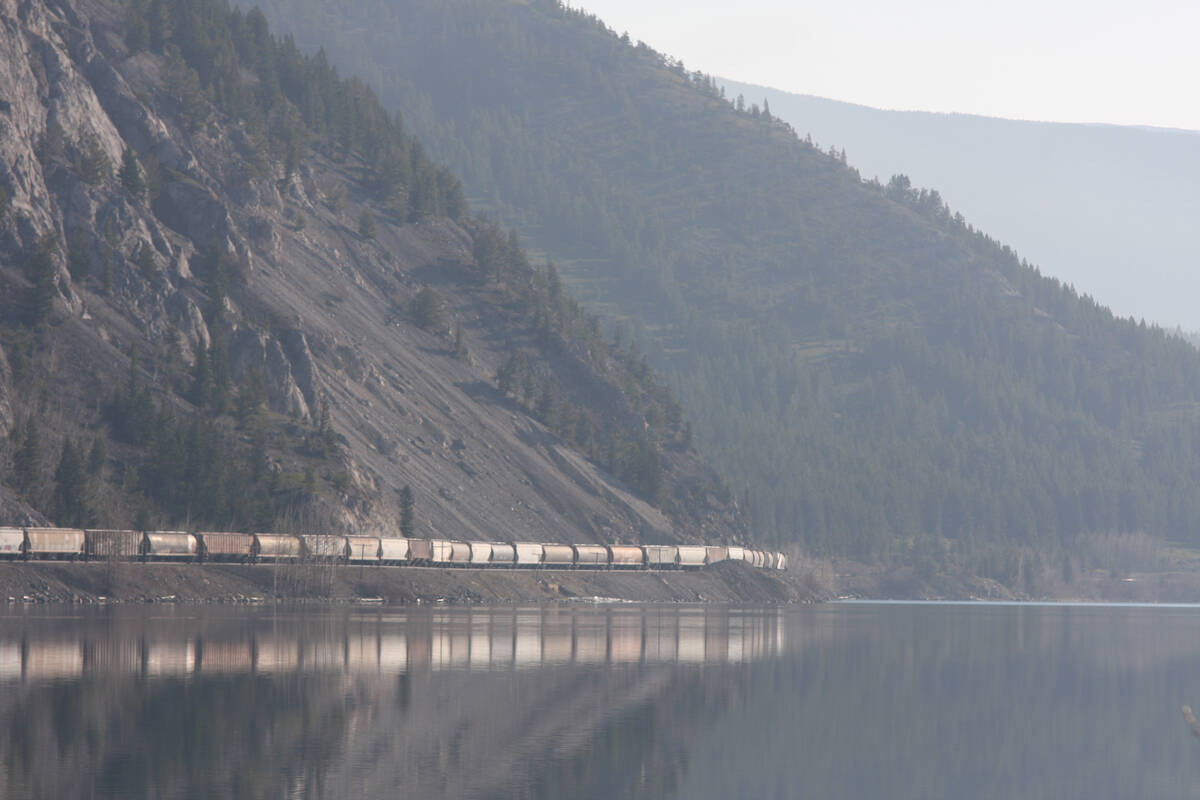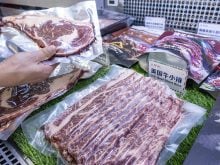Several developments in early November will likely be important for the Canadian economy, including agriculture, helping define its evolution for the coming year and beyond.
The federal budget Nov. 4 was expected to give more clarity to projects the Liberal government sees as nation building and also how they will be paid for.
In the same week, the U.S. Supreme Court was to hear oral arguments in the case challenging the legal basis for president Donald Trump’s Reciprocal Tariff Policy.
Read Also

Prairies have variable soil moisture conditions
The dry weather in the west was welcome for preserving grain quality and advancing harvest, but it has resulted in very dry soil moisture conditions.
The court’s final decision will follow, perhaps in December, about whether the International Emergency Economic Powers Act gives the president this tariff levying power.
We will also know how successful was the meeting between prime minister Mark Carney and Chinese president Xi Jinping, which occurred at the Asia-Pacific Economic Co-operation summit in South Korea.
At the same meeting, XI was to meet with Trump.
Going into that meeting, American officials said they had a potential deal to back down from recent escalations in their trade war and for China to resume importing U.S. agriculture products, including soybeans.
Life for Canadian farmers and the rest of the country will be easier or harder, depending on how these events play out.
However, regardless of what happens, the world order that prevailed for most of our lives is vastly changed, which means Canada must also change to remain a prosperous country.
We must change our thinking, build world class infrastructure and eliminate needless bureaucracy. We must build our domestic production and demand capacity and also widen our global markets to lessen our dependence on the two world superpowers.
Carney and his government have talked a lot about their intentions in this regard, but the federal budget will be the first concrete legislation to move in that direction and a test to see if the Liberals can change or whether they are stuck in the failed economic policies of the Trudeau era.
Carney has said the budget would “lay out a path for at least a half trillion dollars of additional investment in Canada in the next five years. That’s additional, not total.”
He specifically mentioned building infrastructure, energy and trade corridors, port infrastructure, liquid natural gas and nuclear.
Also expected are regulatory and tax changes to spur private and institutional investment to pay for these projects.
That is critical for long-term success.
While reducing reliance on the U.S. and China is important, the superpowers cannot be ignored.
Carney set low expectations for his meeting with Xi, saying it was an opportunity to reset the relationship and over time to find ways rebuild connections in advance of tackling contentious issues such as China’s tariffs on Canadian agriculture and food products and Canada’s tariffs on Chinese electric vehicles.
That is not what Prairie farmers want to hear, but improved relations are necessary to get China interested in addressing our differences.
The Trump-Xi meeting was expected to be more transactional than relationship building.
The pre-meeting talk suggested there was a deal, but it appears nothing like the much larger agreement that was worked out in Trump’s first term.
This one only walks back some of the most recent heated tit-for-tat actions regarding rare earth minerals. And China said it would buy some U.S. soybeans, which it has shunned this year, instead buying from South America.
Oilseeds are the both the carrot and the big stick for China.
Soybean futures jumped higher to the best price since the summer of 2024 on the hope for sales.
However, that optimism did not show up in soy oil futures, which traded flat.
Canola trade was also flat, ignoring the online rumours that Canada was considering dropping its tariffs on Chinese EVs.
The rumours were highly speculative, given Carney’s pre-meeting emphasis on relationship building.
Finally we come to the U.S. Supreme Court hearing on Trump’s emergency tariffs. He argues the International Emergency Economic Powers Act (IEEPA) of 1977 give the president the power to impose tariffs unilaterally, when normally tariffs should involve Congress.
These tariffs cover the so-called fentanyl tariffs and the reciprocal tariffs levied against most countries on what Trump called Liberation Day.
Luckily, these tariffs do not apply to products covered under the Canada-U.S.-Mexico Agreement.
Lower courts have ruled that Trump’s tariffs under the IEEPA were illegal.
Trump used another law, section 232 of the 1962 Trade Expansion Act, as the basis for his more damaging tariffs on Canadian steel, aluminum, autos and trucks.
So while it will be interesting to see if the Republican-leaning Supreme Court rules that Trump overstepped his authority regarding the IEEPA tariffs, whatever it decides, it won’t have a bearing on the most hurtful tariffs affecting Canada.















